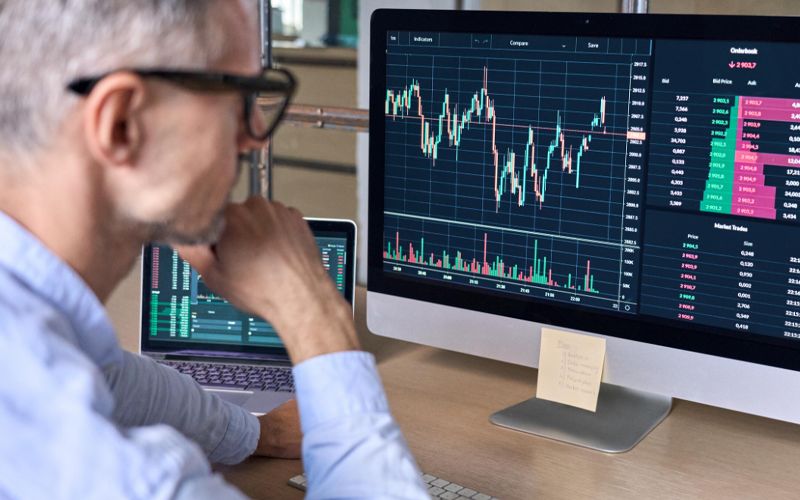Credit score is one of the most important parts of the lending process and – by extension – of the financial and banking business processes. It can help establish the creditworthiness of a borrower and help banks in effective risk assessment. Several types of credit scoring assess different factors – like payment history, credit utilisation, or recent credit inquiries – to achieve this.
What is credit scoring?
Credit scoring refers to a statistical analysis of various factors to establish the creditworthiness of an individual or small business. Credit scoring models are the frameworks that can help banks, lenders, and financial institutions achieve this. Assigning different weights to each factor – like debt amount, payment history, and credit utilisation ratio – score modelling helps banks and financial institutions standardise how they establish the creditworthiness of an applicant and determine the lending terms for each borrower.
Different types of credit scoring models
Banking and finance institutions use several different credit scoring models, each with its unique scoring criteria and methodology. Although these models differ slightly from each other, the underlying score modelling philosophy is to bring objectivity in assessing creditworthiness and make well-informed decisions about lending terms.
Some of the most common credit scoring models banks use include:
FICO Score
A wide variety of lenders – banks, mortgage lenders, and credit card companies – use the FICO scoring model, making it one of the most commonly used credit scoring models in the banking industry. The different factors – and the weight they carry – in the FICO model are:
- Payment history (35%)
- Credit utilisation (30%)
- Length of credit history (15%)
- Types of credit accounts (10%)
- Recent credit inquiries (10%)
Ranging from 300 to 850, a higher FICO score means lower risk for the lender and better loan terms for the borrower.
VantageScore
Three major credit bureaus jointly developed the VantageScore Model as an alternative to the FICO score. It also utilises a range of factors for score modelling but weighs them differently from the FICO score. The factors that go into calculating VantageScore include:
- Payment history (40%)
- Age and type of credit (21%)
- Credit utilisation (20%)
- Total balances and debts (11%)
- Recent credit behaviour and inquiries (5%)
- Available credit (3%)
Ranging between 300 and 850, a higher VantageScore can help borrowers secure more favourable loan terms.
CreditXpert
One of the less popular scoring models, CreditXpert, allows lenders to assess the creditworthiness of borrowers with limited credit history with the help of alternative data sources like rent or utility payments.
TransRisk score
TransRisk score also relies on alternative data sources – like property records and different public records – to establish the creditworthiness of borrowers with limited credit history.
Experian’s national equivalency score
Similar to the FICO model, Experian’s national equivalency score also relies on factors like payment history, credit utilisation, credit length and mix, total balance, and number of inquiries with undisclosed weights. Ranging from 0 to 1000, a lower score indicates lower chances of the account being delinquent in the coming 24 months.
The future of credit scoring models
Although the credit scoring models above have been successful in the contemporary banking industry, current score modelling has limitations when it comes to predicting the default probability or accounting for current economic conditions. But as technology advances, the types of credit scoring and the influencing factors banking business processes consider have also evolved. Some of the emerging trends in credit scoring are:
- Big data
- Alternative data
- Real-time scoring
- Mobile scoring
- Financial health scoring
Big data tools and machine learning algorithms can help lenders dig deep and find patterns in the vast amounts of available data when evaluating creditworthiness and making data-driven lending decisions.
The use of alternative sources – like utility payments and rental history – has been gaining popularity in modern credit scoring models. This can help borrowers with no or limited traditional credit history access credit.
An extension of big data and AI solutions, real-time scoring can help lenders get up-to-date information on a borrower’s creditworthiness, allowing lenders to see how changing economic conditions are affecting borrowers in real time and assisting borrowers in accessing credit in a timely fashion.
With the rise of mobile banking, borrower’s mobile use patterns can become a worthwhile factor to explore when evaluating creditworthiness.
As alternatives to credit scoring models, financial health scoring models have emerged as a way to gain holistic insights into a borrower’s financial health. These can provide a clearer picture of their creditworthiness and can also help predict the default probability.
How can Infosys BPM help with credit scoring and other banking operations?
The future of credit score modelling is full of possibilities, with banking business process management solutions helping the banking industry centralise credit operations, fast-track credit reviews, and automate workflows to simplify decision-making.
Infosys BPM’s banking business process can help banks re-evaluate their business models and transform technological interventions for enhanced business value and reduced costs.







